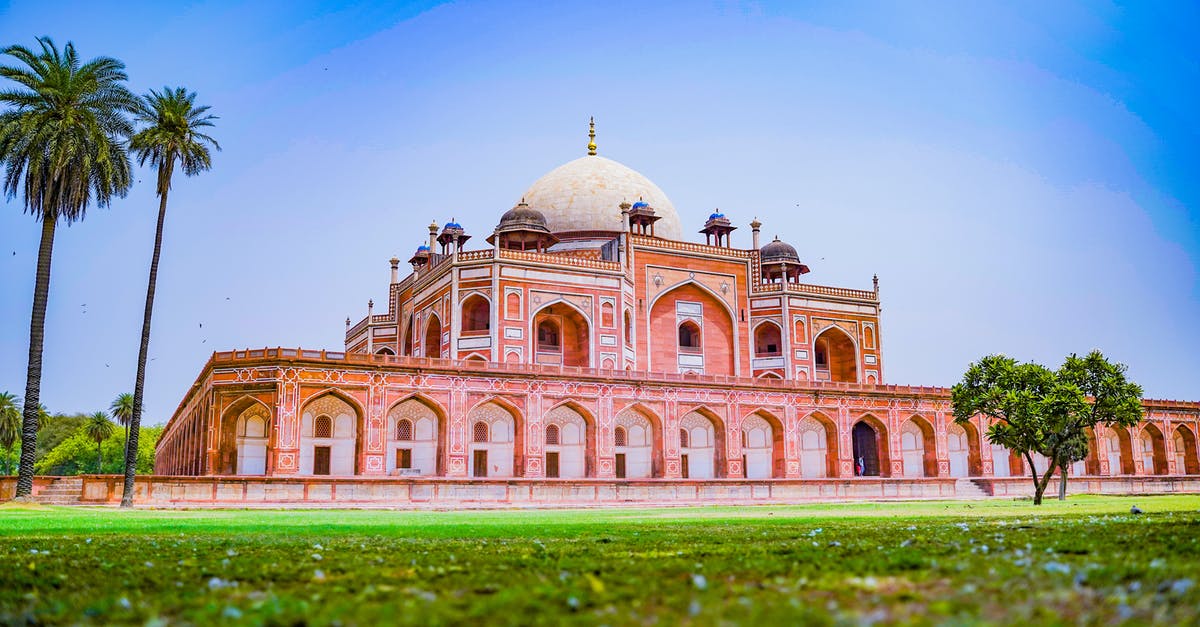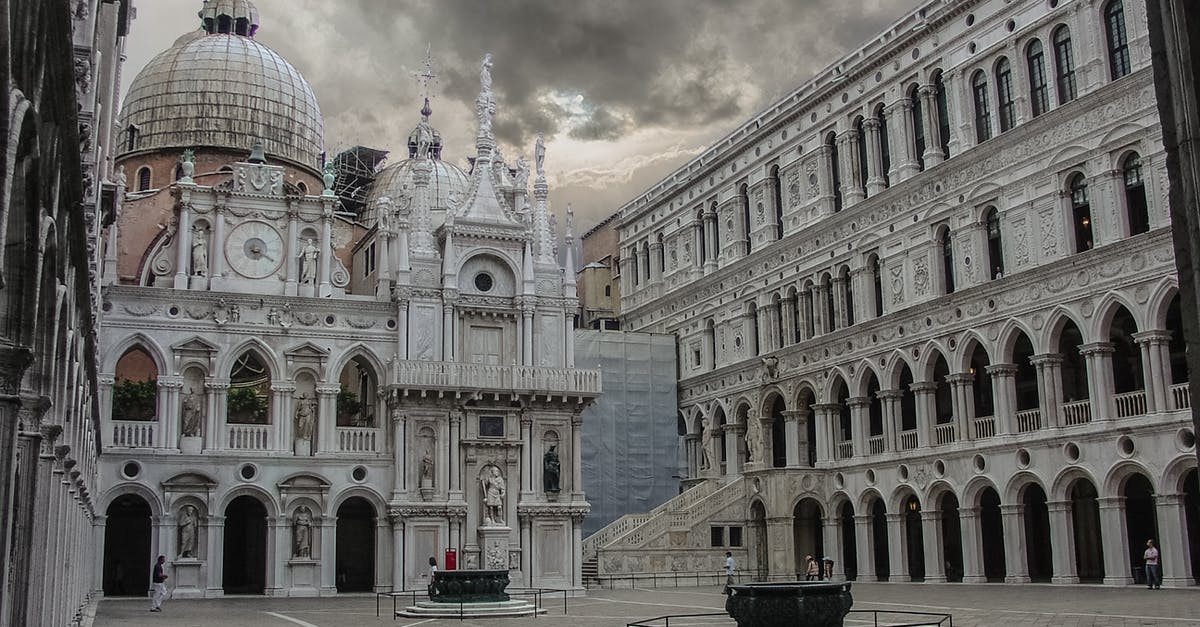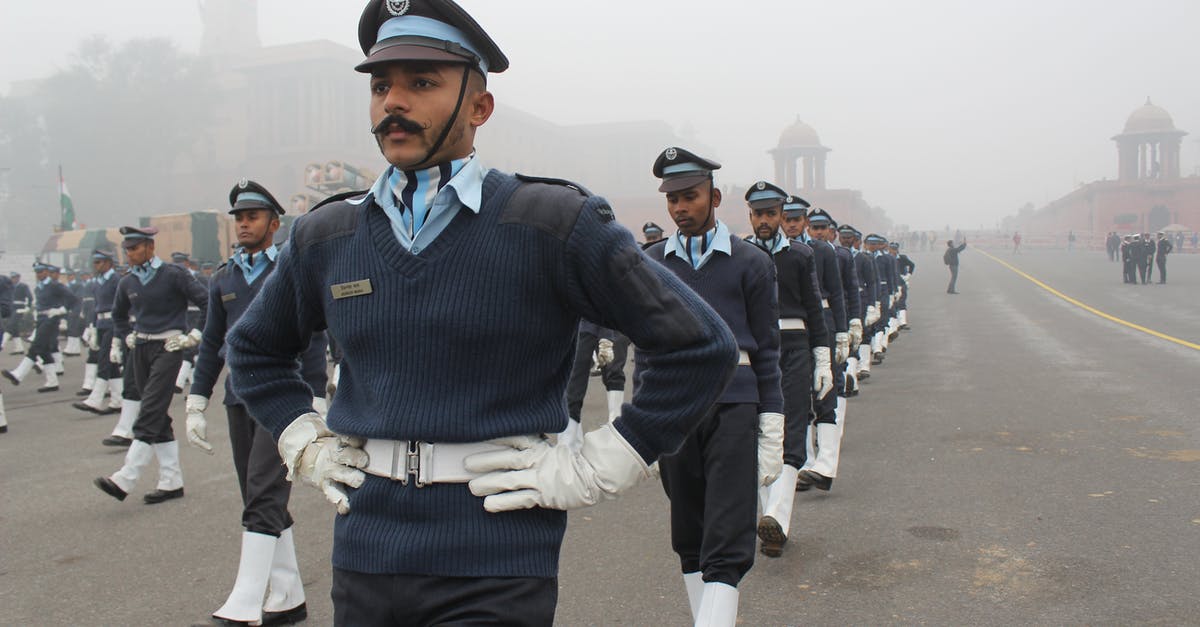Is Christopher Nolan's Dunkirk historically inaccurate in portraying absence of the Indian army?

Christopher Nolan's Dunkirk has been accused of ignoring Indian soldiers' presence in Dunkirk. But is there any proof that there were Indian soldiers stuck there too in the first place? The British Indian Army had a prominent role in the British Empire's forces. Was it possible that Indians were not part of that event? Or did the film just ignore that fact?
Best Answer
TL;DR
Indian soldiers were stuck in the Dunkirk too. And the Royal Indian Army Corps was not only present on the beach, but also involved in transporting supplies to terrains that were not easy to reach. However, the film simply didn't show Indian army, just like they didn't show many others (such as French, Dutch, Poles, Moroccans, Belgians, Canadians) and only showed what happened on the beach and those whose paths were crossed occasionally in order to fit the movie in the time available. Therefore, this movie is not historically inaccurate.
Long version
But is there any proof that there were Indian soldiers stuck there too in the first place?
Yes, there were. From what John Broich, who was historian consultant for the movie, wrote in this article,
There were also four companies of the Royal Indian Army Service Corps on those beaches. Observers said they were particularly cool under fire and well-organized during the retreat. They weren’t large in number, maybe a few hundred among hundreds of thousands, but their appearance in the film would have provided a good reminder of how utterly central the role of the Indian Army was in the war. Their service meant the difference between victory and defeat. In fact, while Britain and other allies were licking their wounds after Dunkirk, the Indian Army picked up the slack in North Africa and the Middle East.
As mentioned above, there were four companies of the Royal Indian Army Service Corps present.
Was that possible that Indians were not part of that event?
Yes, they were part of the event. From The Logical Indian article,
When the Allies fled across Belgium to the northern French port of Dunkirk, they were accompanied by several Indian soldiers. Not many factual sources exist to give a definite number to the number of Indians who fled to Dunkirk in 1940.
From The Guardian Article,
To do so, it erases the Royal Indian Army Services Corp companies, which were not only on the beach, but tasked with transporting supplies over terrain that was inaccessible for the British Expeditionary Force’s motorised transport companies. It also ignores the fact that by 1938, lascars – mostly from South Asia and East Africa – counted for one of four crewmen on British merchant vessels, and thus participated in large numbers in the evacuation.
But Nolan’s erasures are not limited to the British. The French army deployed at Dunkirk included soldiers from Morocco, Algeria, Tunisia and other colonies, and in substantial numbers. Some non-white faces are visible in one crowd scene, but that’s it. The film forgets the racialised pecking order that determined life and death for both British and French colonial troops at Dunkirk and after it.
From the website of Dunkirk1940.org,
Only a few weeks later, the Indian transport companies, along with the rest of the Allied forces, were ordered towards the coast. Boulogne and Calais, despite heroic resistance, were captured by German forces. The only way to save the BEF1 and their support, including the Mule Companies, was to evacuate them from Dunkirk.
On 24 May 1940 when approaching Dunkerque, Jemadar Maula Dad Khan showed magnificent courage, coolness and decision. When his troop was shelled from the ground and bombed from the air by the enemy he promptly reorganised his men and animals, got them off the road and under cover under extremely difficult conditions. It was due to this initiative and the confidence he inspired that it was possible to extricate his troop without loss in men or animals.'
Moving to your next question,
or film just ignored the fact?
As Christopher Nolan said, this movie was about survival, not about the politics of that event. From his interview,
“We don’t have generals in rooms pushing things around on maps. We don’t see Churchill. We barely glimpse the enemy.
“It’s a survival story. I wanted to go through the experience with the characters.”
From this BBC article,
Historian Joshua Levine, who is also the film's historical consultant, told me that Dunkirk was a work of fiction and "it isn't a film's job to tell the full story of Dunkirk... and nor, in the time available, could it even try to do so".
"This film focuses on a few protagonists whose paths cross occasionally, each one of whom experiences just a tiny corner of the whole story. As Hilary Mantel says about historical fiction, 'The man who is fighting can't see over the hill, out of the trench.' What I'd love to see, though, is an Indian film about Dunkirk, or WW2 generally, and I sincerely hope Indian filmmakers are working on it."
So, it appears that they simply didn't think that it will fit the movie story they were trying to tell.
1. BEF: British Expeditionary Force
Pictures about "Is Christopher Nolan's Dunkirk historically inaccurate in portraying absence of the Indian army?"



How is Dunkirk historically inaccurate?
Nazi nose cones. Christopher Nolan was actually pretty candid about this historical discrepancy. In the movie, the German planes that Tom Hardy's character fights have their nose cones painted yellow. That's something the Germans actually did in the war \u2014 just not until about a month after Dunkirk, according to Nolan.Why did the lack of Indian and African faces in Dunkirk matters?
This is important, firstly, because it is a matter of factual accuracy in what purports to be an historical portrayal \u2013 and also because it was the colonial troops who were crucial in averting absolute catastrophe for the allies.Were there Indian soldiers at Dunkirk?
What is not well known is the story of nearly 300 Indian soldiers who were also part of the contingent. Over the course of nine days in May 1940, more than 338,000 Allied forces were evacuated from the beach and harbour at the French port city of Dunkirk as the German military bore down on them.Was the movie Dunkirk based on a true story?
Dunkirk the movie is a true story based on events that occurred during World War II. During a six-week-long battle in May and June of 1940, a group of Allied soldiers were surrounded by Nazi German forces in northern France after a surprise attack.Why Christopher Nolan Is The Best Director
More answers regarding is Christopher Nolan's Dunkirk historically inaccurate in portraying absence of the Indian army?
Answer 2
Actually There is lot of noise going on in India regarding not showing Indian army: The Times of India article
France Main articles: British Expeditionary Force (World War II) and Battle of France
Probably the most unusual posting of any unit of the Indian Army during World War II was in 1940, when four mule companies of the Indian Army Service Corps joined the British Expeditionary Force (BEF) in France. They were evacuated from Dunkirk with the rest of the BEF in May 1940,[4] and were still stationed in England in July 1942.[88]
The above para is taken from Wikipedia link
I think Nolan is mostly interested in showing the impact it left and the live situation of army trapped in Dunkirk (Mainly near the shore). He doesn't look much into exposing the nationalities involved. Whatever he showed is accurate but he overlooked some perspectives for cinematic influence on audience
Note: Great answer by A J. I'm adding up some more info I found in web.
Sources: Stack Exchange - This article follows the attribution requirements of Stack Exchange and is licensed under CC BY-SA 3.0.
Images: shalender kumar, Pixabay, Karolina Grabowska, Yogendra Singh
